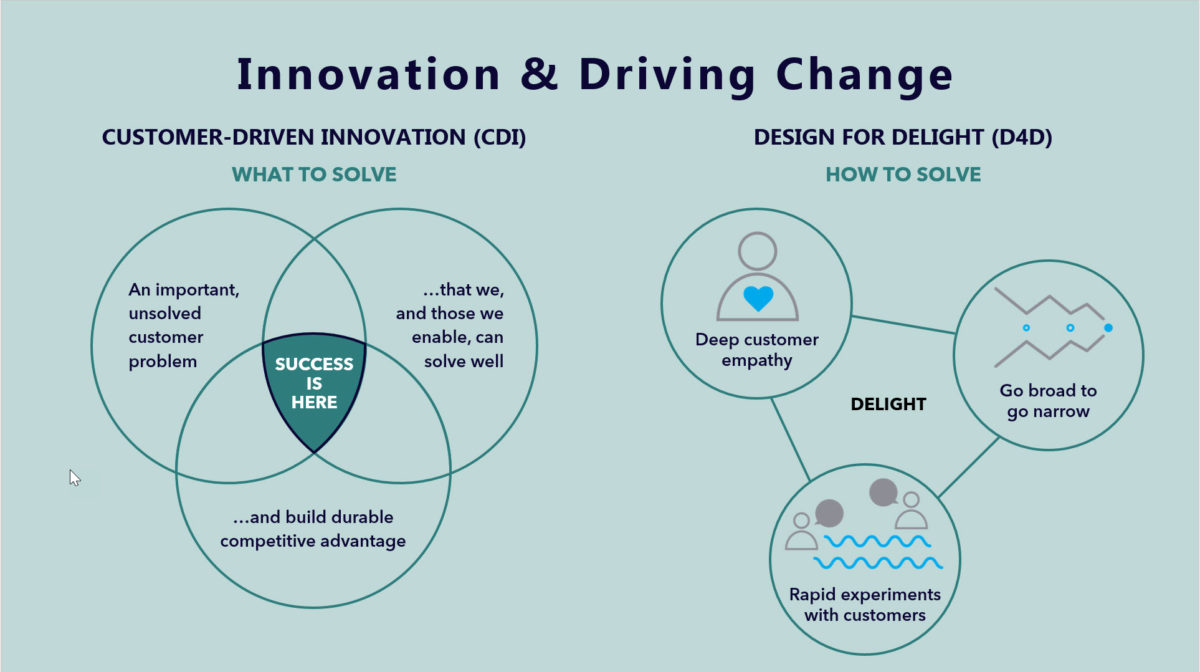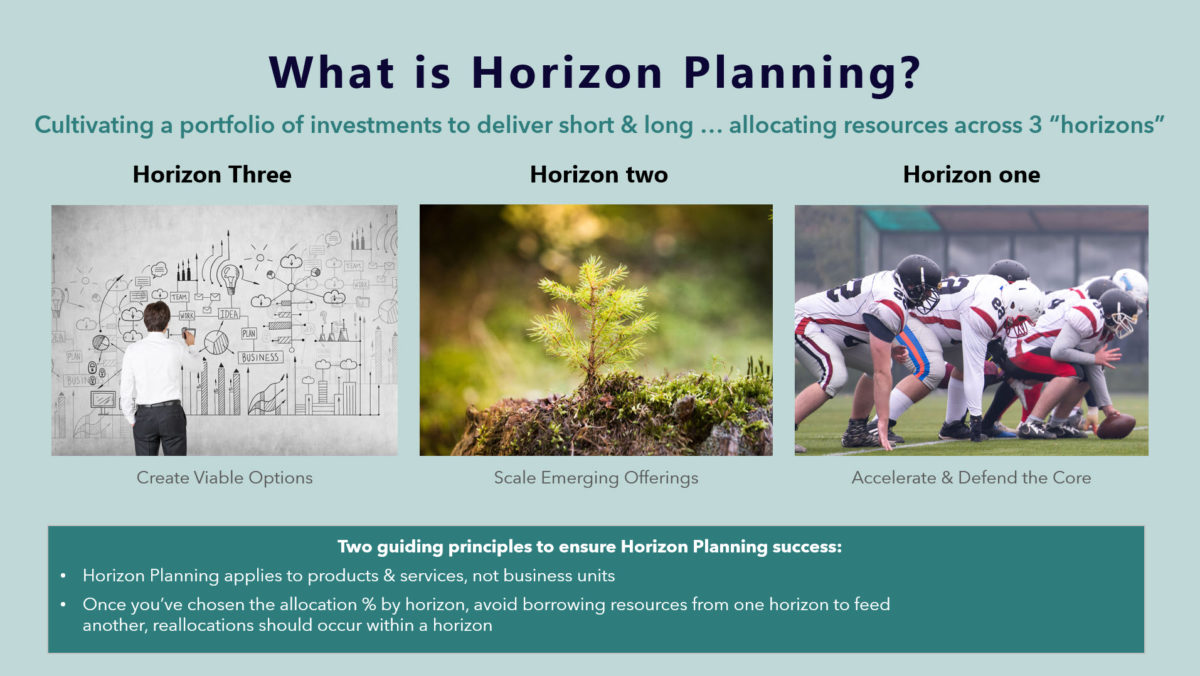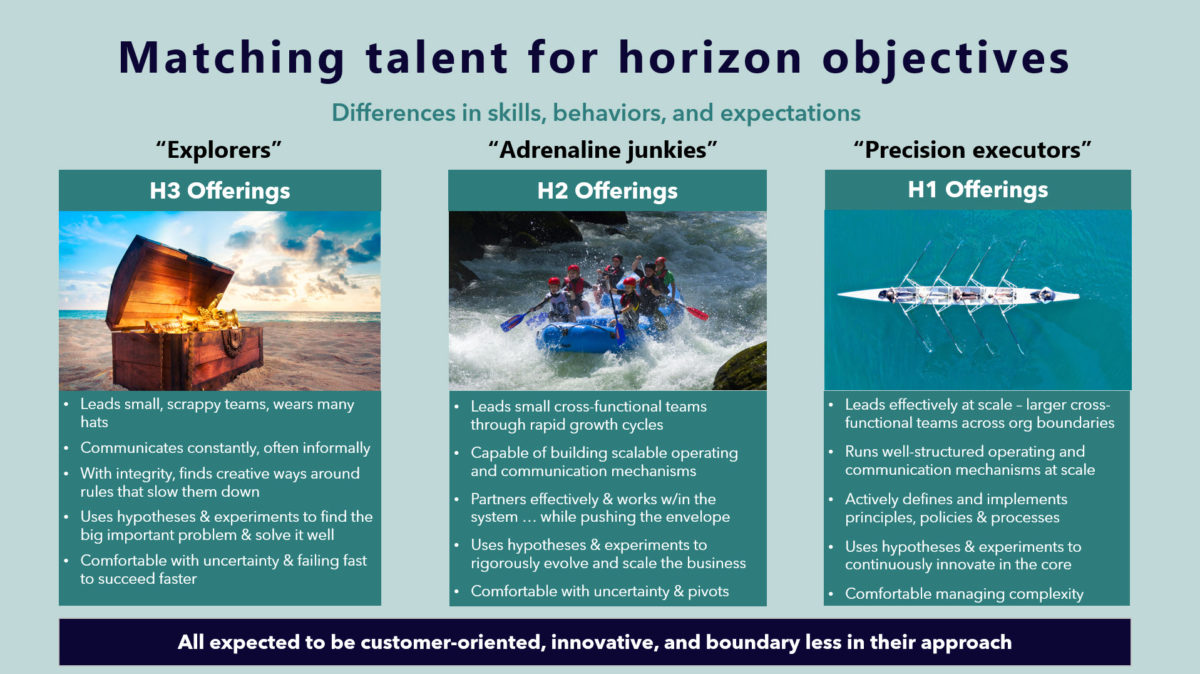The Five Principles of Leadership: Principle #5 is Pay-It-Forward
In an earlier post, I shared a definition of leadership that I believe best articulates what is required for leaders to succeed in the fast-moving 21st Century. In doing so, I foreshadowed a framework derived from more than three decades of benchmarking, learning, applying and adapting. I call it “The Five Principles Leadership” – Potential, Purpose, People, Playbook, Pay-It-Forward, and committed to devoting the next five articles to diving deep into each of these “P’s”, sharing lessons learned, best practices and pragmatic tips for implementing the model in our daily leadership habits and organizations.
With this backdrop, this is the fourth of the deeper dive articles – codifying a playbook. The power of a playbook is organizational alignment that produces scalable execution with excellence.
The importance of playbook was instilled in me at an early age when I enrolled as a martial arts student. To progress from the beginner rank of white belt to gold belt, I was expected to complete a series of skill tests which included breaking a board with my hand. Prior to enrolling in the class, I had many childhood memories of attempting to break sticks and other objects with my hand, only to experience intense pain and an unbreakable object. This time would be different, thanks to the introduction of a playbook. My instructor explained the physics of the motion – success was dependent on focusing all of my energy through my first two knuckles with a motion designed to exceed the target by aiming six inches beyond the board. Controlled movement, narrowly focused, with an intent to exceed the target. The end result was success, and this lesson carried with me through boards and blocks to the rank of black belt, and into the business world.
The same principles of alignment apply to an organization’s ability to execute with excellence, creating the capability to exceed their targets with discipline and predictability. This is achieved by having the equivalent of my instructor’s lesson – a codified and repeatable playbook. With a playbook, a collection of individual team members’ abilities can be transformed into organizational capability, rendering the whole greater than the sum of its parts.
In today’s rapidly changing environment, I have come to believe three elements are critical to include in every leader’s playbook: (1) defining the critical few priorities, (2) codifying an approach to continuous learning and experimentation, and (3) effectively allocating resources to the highest impact opportunities.
Defining the Critical Few Priorities
Following the lesson from my martial arts training, an organization must find its equivalent to focusing all of its energy behind its “first two knuckles.” This requires clearly defining the organization’s critical few priorities. When execution fall short, it’s often because teams fail to narrow to the “critical few”, and instead focus on the “trivial many”.
The good news is a definition exists for what qualifies as critical few priorities. In fact, science has determined the optimal range for “critical few” is three to six priorities. On the upper limit, the DMAIC principle in Six Sigma has statistically proven that moving beyond six variables shifts from having a causal effect on a desired outcome, to a correlated effect with increasingly diminished results. So forget the years of “Letterman’s Top Ten Lists” and narrow your focus to fewer than six.
On the lower end of the range, psychology has observed the human brain is wired to optimally think in threes – a phenomenon known as the “power of three” which I described in a prior article. The takeaway for a leader is that organizational execution is optimized when its collective talent and energy is focused on three to six priorities – “its first two knuckles”.
Codifying an Approach to Continuous Learning and Experimentation
There are many approaches to cultivating a learning environment where employees are empowered to experiment and continuously improve the work. The Toyota Production System (TPS), Lean Start-Up, Six SIGMA, The Danaher Business System (DBS), just to name a few. The important thing is to pick (or develop) one, codify it, and set the expectation that everyone in the organization must apply it in their daily practice.
At Intuit, we’ve codified our approach to continuous learning and experimentation through two frameworks:

- Customer-Driven Innovation (CDI): this framework informs where we will focus our innovation efforts and includes three critical steps:
- Find an important, unsolved customer problem: identifying an important unsolved problem that is not being adequately solved by existing solutions;
- That we, and those we enable, can solve well: Hypothesizing a way to solve it well, through our own efforts or in conjunction with partners;
- Build durable competitive advantage: articulate a source of competitive advantage that we can create and cannot be easily matched by others.
- Design for Delight (D4D): this framework defines how we will validate that our hypothesis is worthy of investment. It also includes three steps:
- Deep customer empathy: directly observing customers and their data to get to the root cause of the problem, writing a problem statement and declaring an ideal state;
- Go broad to go narrow: challenging teams to generate at least 7 different ways to solve the problem before narrowing to the most promising idea to test;
- Rapid experiments with customers: developing a clear hypothesis, determining what must be true for the hypothesis to work (a leap of faith assumption), and executing fast frugal experiments with end users to test, learn and adapt.
There are a series of tools that accompany each step of CDI and D4D that I’ll reserve for a future article. The important takeaway is that these practices are codified and every employee in our company is trained on these techniques, whether they work in product design or human resources. It is everyone’s job to innovate and improve.
Allocating Resources to the Highest Impact Priorities
As the Silicon Valley adage warns – start-ups seldom die of starvation, they die of indigestion.
The goal is to provide enough resources to ensure forward momentum, while keeping the team “hungry and scrappy”. How does a leader determine the appropriate level of resources for both new and mature initiatives to ensure success in the current period and longer term?
Leaders possess three resources to fuel forward momentum behind the highest impact priorities – time, people and dollars. While each are important, time is the only truly finite resource, so I’ll begin there first.
To allocate time, it is important to be purposeful about where you’ll invest your time, and to hold yourself accountable along the way. A simple technique is a 100-point exercise. To illustrate, I seek to invest 40 points (40%) of my time in the operating mechanisms to run the company (i.e., staff meetings, strategy sessions, product reviews, OKR sessions); 30 points (30%) of my time to coaching and developing our talent (i.e., town halls, training programs, skip levels, 1:1 coaching sessions); 20 points (20%) of my time on learning from external best practices (i.e., external boards, conferences, round tables, shadowing other leaders); and 10 points (10%) on growing my own skills (i.e., working with my executive coach, reading a book a week, daily exercise and meditation). Every meeting on my calendar is color-coded to correspond to one of these four categories, and each month I review, reconcile and consciously adjust.
To allocate dollars, I’m a fan of Horizon Management. Similar to the 100 point exercise for time allocation, this model challenges the team to determine how many points (%) of resources will be invested in various stages of business ideas:

- Horizon One: extending and defending the core products or services;
- Horizon Two: emerging products or services that have already proven to have product-market fit and are beginning to scale;
- Horizon Three: early-stage experiments with the understanding that most will fail (Horizon Three).
There is no “one size fits all” allocation across companies, but you’ll hear many companies following the 70-20-10 model. Once you’ve determined what the most appropriate 100 point allocation is for your organization, the guiding principle is to make resource trade-offs within each horizon and avoid borrowing from one horizon to fund another. Never eat your seed corn!
To allocate your people, matching their skills and aspirations with prioritized projects in the Horizon Management framework ensures your top talent is allocated to the most important (and best suited) projects.

- Horizon One talent: the professional “rowing crew,” for those possessing a love of working together in unison to achieve things as a team that no individual can achieve alone.
- Horizon Two talent: the white water rapids “adrenaline junkies” who love the thrill of choppy waters, being thrown out of the boat, and facing moments where extreme courage is necessary.
- Horizon Three talent: the pioneers and explorers who enjoy working on projects akin to diving for sunken treasure, discovering and exploring while possessing the patience and understanding that many expeditions will not produce success.
Putting it together, a playbook leads to organizational alignment that produces scalable execution with excellence. I have come to believe three elements are critical to every leader’s execution playbook: (1) defining the critical few priorities, (2) codifying an approach to continuous learning and experimentation, and (3) effectively allocating resources to the highest impact opportunities.
What playbooks or frameworks have you found most effective in aligning focus and execution to deliver great results in your own organizations?